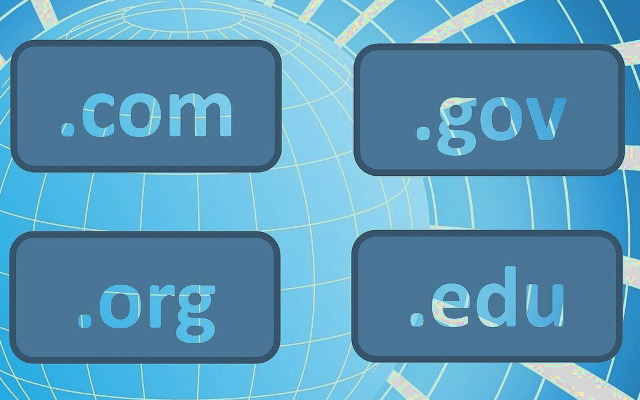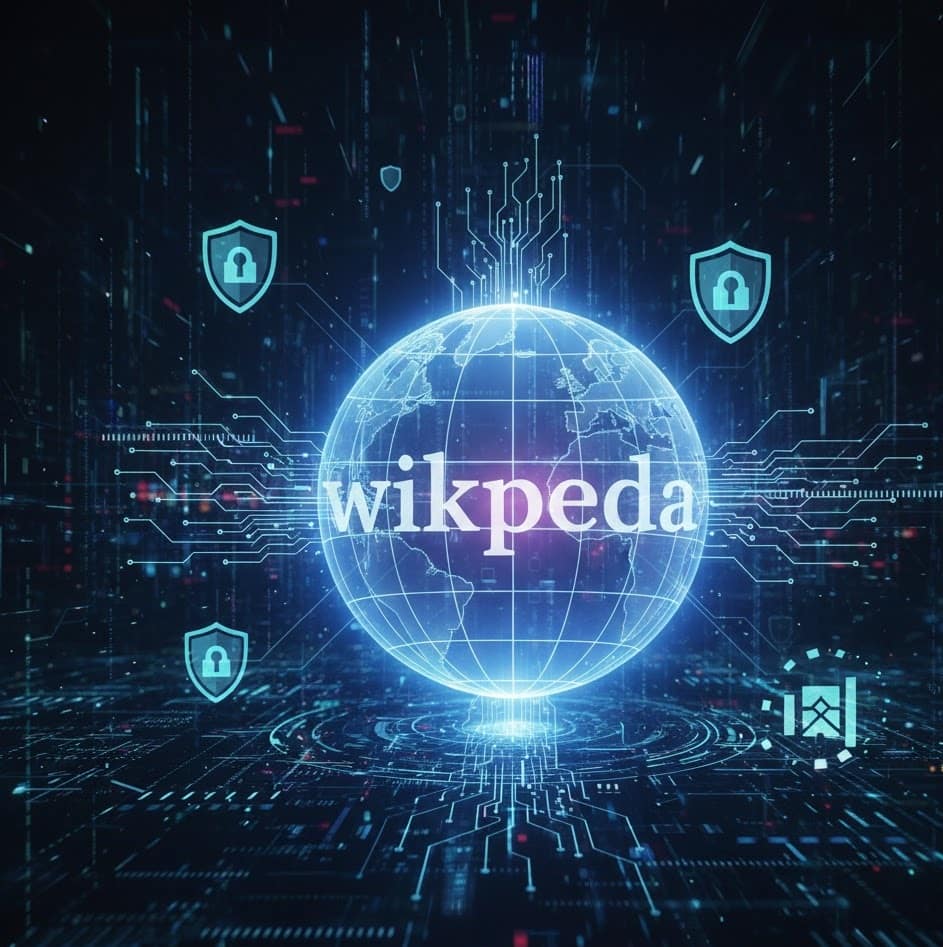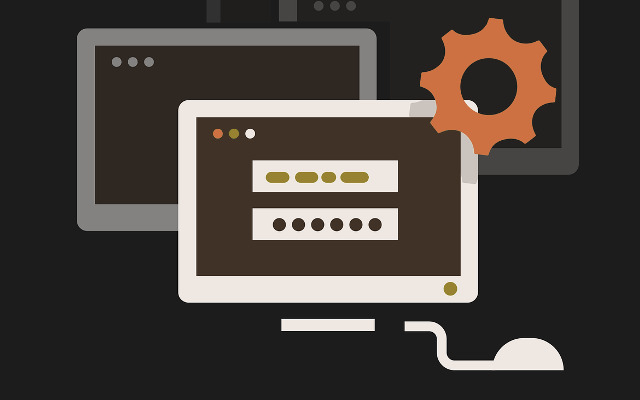When people think about a Wikipedia page creation service, they often picture simple content writing. However, the process involves meticulous research, credibility checks, and data verification, all of which mirror the foundation of internet software security. Both aim to protect truth and reliability in an environment where misinformation and cyber threats grow daily. Wikipedia pages, when built by professionals, follow strict guidelines to ensure that every detail is backed by legitimate references, much like how security systems verify data integrity.
The same precision applied in content verification is found in how developers secure software codes and prevent unauthorized access.
Internet Security is the Backbone of a Safer Web
Every digital interaction we engage in, whether it’s online banking, social networking, or instant messaging, depends on robust layers of security designed to prevent breaches.
Encryption ensures data remains private, while MFA or multifactor authentication and firewalls create an essential shield between safe and unsafe online environments.
These systems work together to establish trust, which is the foundation of all digital activity.
With Wikipedia page creation service, it relies on structured layers of verification and editorial control to uphold accuracy and credibility. Each piece of information must be supported by reliable citations, reviewed by editors, and revised for neutrality. This meticulous process mirrors digital security protocols, both aim to protect integrity, whether it’s the security of user data or the authenticity of public knowledge. By maintaining these standards, professional Wikipedia creators ensure that the content not only informs but also earns the trust of readers across the web.
Building Trust through Validation

The validation process within Wikipedia closely mirrors the rigorous verification protocols used in cybersecurity. Before a page goes live, it undergoes multiple review cycles to detect bias, inaccuracies, or unverifiable claims, similar to how security software scans systems for vulnerabilities, malware, or unauthorized access. Each revision and editorial check acts as a safeguard, ensuring the content maintains integrity and neutrality.
This shared principle of layered verification ensures that both web content and software operate without compromising user trust. Just as encrypted networks and multi-factor authentication protect sensitive data, meticulous Wikipedia editing preserves the credibility of public knowledge.
Applications of Security beyond the Surface
Modern internet security isn’t limited to protecting passwords. It extends to safeguarding cloud infrastructures, IoT devices, and even AI systems that store critical data. Just as software needs constant updates to stay protected, a Wikipedia page creation service must also maintain and monitor entries to reflect accurate, evolving information. Both disciplines highlight the need for continuous vigilance in preserving integrity within digital spaces. When credibility meets security, the result is a network of knowledge and trust that fuels the very foundation of today’s internet.









